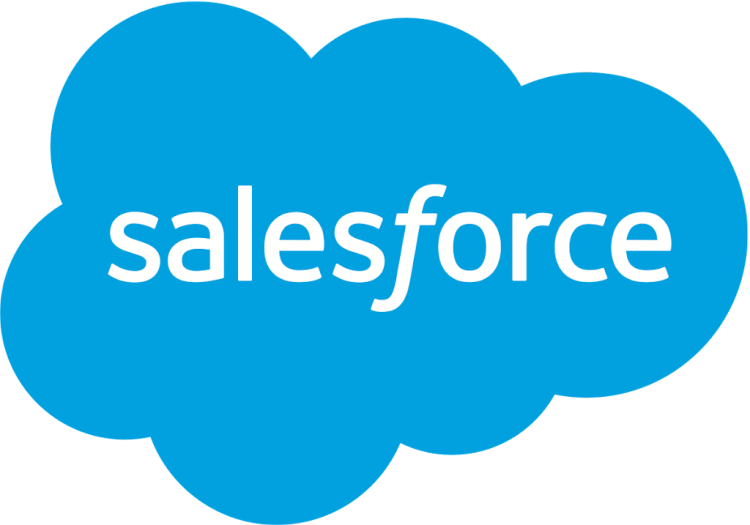Salesforce Certified Administrator Exam Resources with Study Links
About the Salesforce Certified Administrator Exam
Read on for details about the Salesforce Administrator exam.
- Content: 60 multiple-choice/multiple-select questions and 5 non-scored questions
- Time allotted to complete the exam: 105 minutes
- Passing score: 65%
- Registration fee: USD 200 plus applicable taxes as required per local law
- Retake fee: USD 100 plus applicable taxes as required per local law
- Delivery options: Proctored exam delivered onsite at a testing center or in an online proctored environment. Click here for information on scheduling an exam.
- References: No hard-copy or online materials may be referenced during the exam.
- Prerequisite: None required; course attendance highly recommended
Exam Outline:
The Salesforce Administrator exam measures a candidate’s knowledge and skills related to the following objectives. A candidate should have hands-on experience as a Salesforce Administrator and have demonstrated the application of each of the features/functions below.
Configuration and Setup: 20%
Object Manager and Lightning App Builder: 20%
Sales and Marketing Applications: 12%
Service and Support Applications: 11%
Productivity and Collaboration: 7%
Data and Analytics Management: 14%
Workflow/Process Automation: 16%
1. Configuration and Setup (20%)
1. Fiscal Year Settings and Options
3. Enabling Multiple Currencies and Setting Up Dated Exchange Rates
4. Default Settings (Locale, Language and Time Zone)
6. App Menu
7. List Views (creating, filtering, pinning, kanban view)
11. Resolving Locked User Accounts
12. Implications of Activating a User
13. Implications of Deactivating a User
14. Implications of Freezing a User
15. Setting an Organisation’s Password Policies
16. IP Restrictions
17. Identity Confirmation (renamed Device Activation in Spring ’21 release)
18. Network Settings
20. Login Hours
21. Session Settings
22. Organisation Wide Defaults
23. Roles and the Role Hierarchy
24. Manual Sharing
25. Sharing Rules
26. Public Groups
27. Custom Profile
28. Permission Set
29. Profile Settings
31. How folders can be used to organise and secure communication templates
32. How folders can be used to organise and secure dashboards
33. How folders can be used to organise and secure reports
2. Object Manager and Lightning App Builder (20%)
34. Standard Object Architecture
36. Create Fields
38. Junction Objects (Many-to-Many Relationships)
39. Page Layouts for Standard and Custom Objects
40. Understand the implications of deleting fields
41. Create and Assign Page Layouts
42. Create and Assign Record Types
43. Create Business Processes for Standard Objects and Custom Objects
3. Sales and Marketing Applications (12%)
44. Capabilities and Implications of the Sales Process
45. Sales Productivity Features Using Opportunity Tools
46. When Products Should Be Used
47. When Price Books Should Be Used
48. Capabilities of Lead Automation Tools
49. Capabilities of Campaign Management
50. Forecast Impact
52. Einstein Opportunity Scoring
4. Service and Support Applications (11%)
54. Capabilities of Case Processes
55. Capabilities of Case Settings
56. Case Comments
57. Case Assignments
59. Case Escalation
60. Web-to-Case
61. Email-to-Case
62. Case Teams
5. Productivity and Collaboration (7%)
63. Manage Tasks
64. Events
65. Public Calendars
66. Multi-Day Events
67. Chatter Feed
68. Chatter Groups
71. Capabilities of the Salesforce Mobile App
72. Use Cases for App Exchange Applications
6. Data and Analytics Management(14%)
73. Considerations when importing, updating and mass deleting data
74. Data Quality
75. Field Mapping
76. Record IDs
77. External IDs
79. Data Loader
81. Capabilities and Implications of Data Validation Tools
83. How to back up data using Data-loader
84. Types of Reports
85. Report Formats
86. Report Fields
87. Summarising Data in Reports
91. Conditional Highlighting in a Report
92. Sharing Model Impact on Reports
94. Data Sources for Dashboards
97. Dashboard Running User / Dynamic Dashboards
7. Workflow/Process Automation (16%)
99. Capabilities of Workflow Rules and Actions
100. Capabilities of Processes (Process Builder)
101. Capabilities and Use Cases for Approval Processes
102. Capabilities and Use Cases for Flows
Resource:
# Salesforce Certified Administrator Exam Guide
The self-study materials recommended for this exam include:
Trailmix: Prepare for Your Salesforce Administrator Credential
Trail: Admin Beginner
Trail: Admin Intermediate
Trail: Admin Advanced
Trail: Study for the Administrator Certification Exam
Practice Test: Administrator Practice Test
Super-badge: Lightning Experience Reports & Dashboards Specialist
Super-badge: Business Administration Specialist
Super-badge: Security Specialist
.


